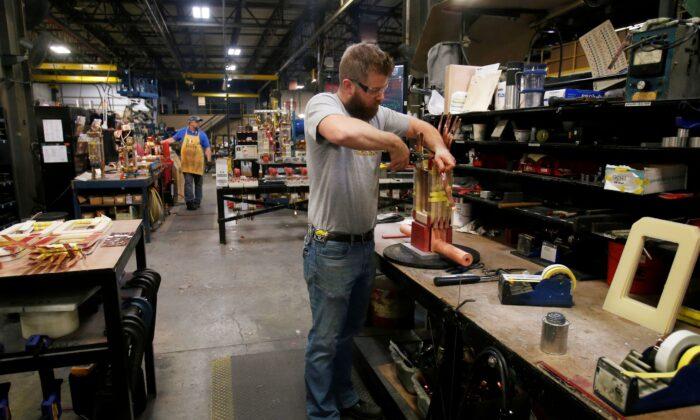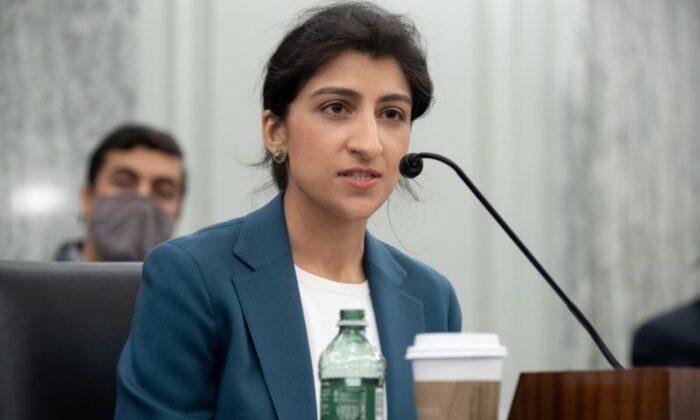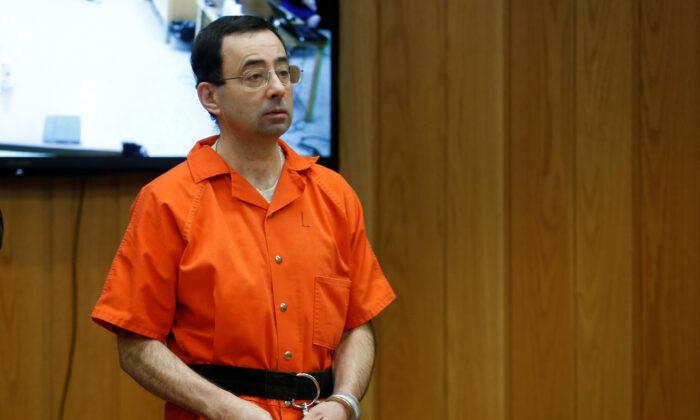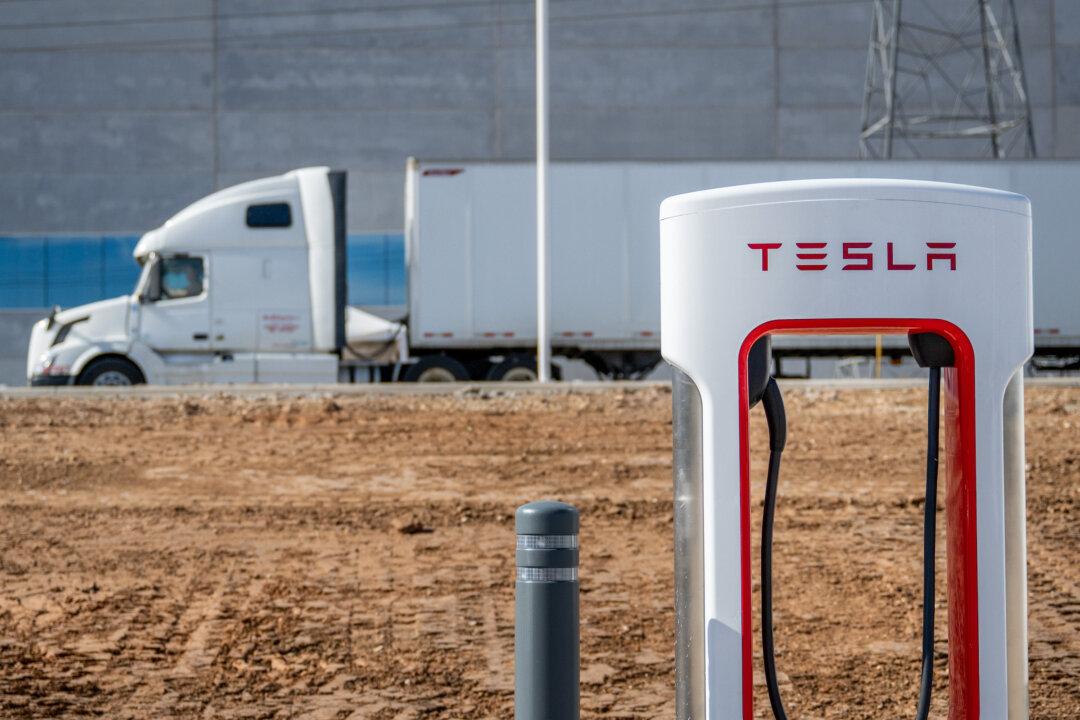The cost of hiring new employees and retaining existing ones rose in 2021 at its fastest pace in 20 years, according to new Labor Department figures, which provide a fresh data point on the inflationary pressures that have gripped the U.S. economy and sent the Fed scrambling to dial back its loose monetary settings.
The ECI, which measures changes in the cost of compensation not just for wages and salaries, but also for a range of benefits, is scrutinized by many economists as an indicator of cost pressures in companies that could lead to price inflation of finished goods and services.
Consumer price inflation vaulted by 7 percent in the year through December 2021, the highest level in nearly four decades. Still, on a monthly basis, the pace of inflation has edged down, rising by 0.5 percent in December 2021 after an 0.8 percent jump in November 2021, suggesting a slight easing of inflationary pressures.
A separate inflation measure released by the government on Jan. 28 paints a similar picture. The Fed’s preferred inflation gauge, the so-called PCE price index, jumped again to a multi-decade high in the year through December 2021, though it inched down in monthly terms.
The quarter-over-quarter employment cost index figures roughly mirror the inflation numbers, in the sense that there’s some apparent softening of inflationary pressures as seen in the higher-frequency data. In the October 2021 to December 2021 period, the ECI rose by 1.0 percent from the prior quarter, compared to 1.3 percent in the July 2021 to September 2021 period and 0.7 percent in the April 2021 to June 2021 period.
Inflation has surged in countries across the world, with economists blaming a range of factors, including pandemic-related supply chain and labor force dislocations. Historically unprecedented levels of fiscal and monetary stimulus, along with savings accumulated during the pandemic, have bolstered demand in the face of constrained supply, driving up prices.
The dynamic has led to increased speculation about a looming wage-price spiral, a negative feedback loop where inflation expectations become more entrenched, prompting workers to demand higher wages, in turn putting more upward pressure on prices.
However, William Preston Smythe, founder and portfolio manager at Alpha Prime Capital, said he believes that the U.S. labor market will increasingly come into balance, as the effects of fiscal stimulus fade and more people rejoin the workforce.
“Everyone has spent their stimulus checks and enhanced unemployment,” Smythe wrote on Twitter. “They need money and will rejoin [the] labor market (I think only like 60 percent have rejoined that left since COVID). Some may retire, but most will rejoin. This will lower worker leverage, slowing wage inflation.”
But economist Richard Curtin, director of the University of Michigan’s consumer sentiment survey, said in a statement that he sees evidence of an emergent wage-price spiral that has become disconnected from the initial conditions that sparked the current bout of inflation, namely supply chain dislocations and the labor crunch.






Friends Read Free